Editorial
Because it’s the end of the year, every Tom, Dick and Harry is trotting out the Top Books of the Year, My Favourite Summer Reading, What Book I’d Like for Christmas – good old standbys. ABR, however, is looking soberly (for the most part) at the current state of critical writing. Critics and scholars and researchers talking about theory and analysis. People engaged in the processes that help us sort through why we respond to writing in the ways we do, with joy or horror, enthusiasm or indifference.
While this writing, critical writing, cannot be called fiction, surely it can be called creative?
To call writing ‘creative’ is usually a way of positioning is not from the point of view of the writer but from that of the reader. If it’s creative writing then you simply assign any opaqueness to the fact that this is emerging from the imagination, where things don’t have to make sense because it’s feelings we’re on about, atmosphere, a kind of, oh I don’t know, mood. If it doesn’t make sense to you, you keep quiet about it because it might say something about your lack of imagination, not about the lack of sense in the text. When critical writing, on the other hand, is opaque, it seems that it is the writer’s fault, never the reader’s, because the writer is deliberately trying to be difficult. Apparently.
Continue reading for only $10 per month. Subscribe and gain full access to Australian Book Review. Already a subscriber? Sign in. If you need assistance, feel free to contact us.


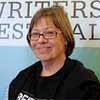
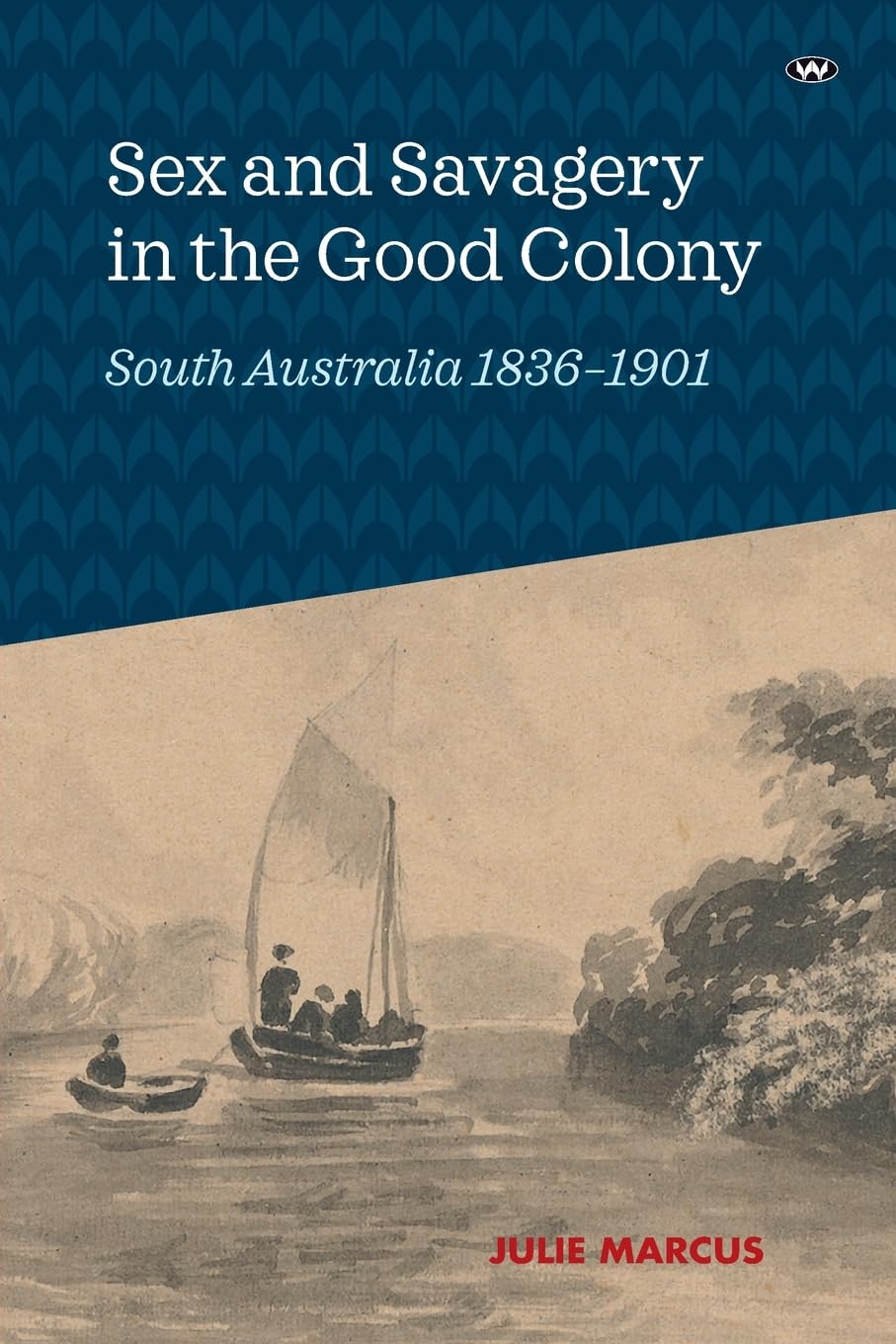
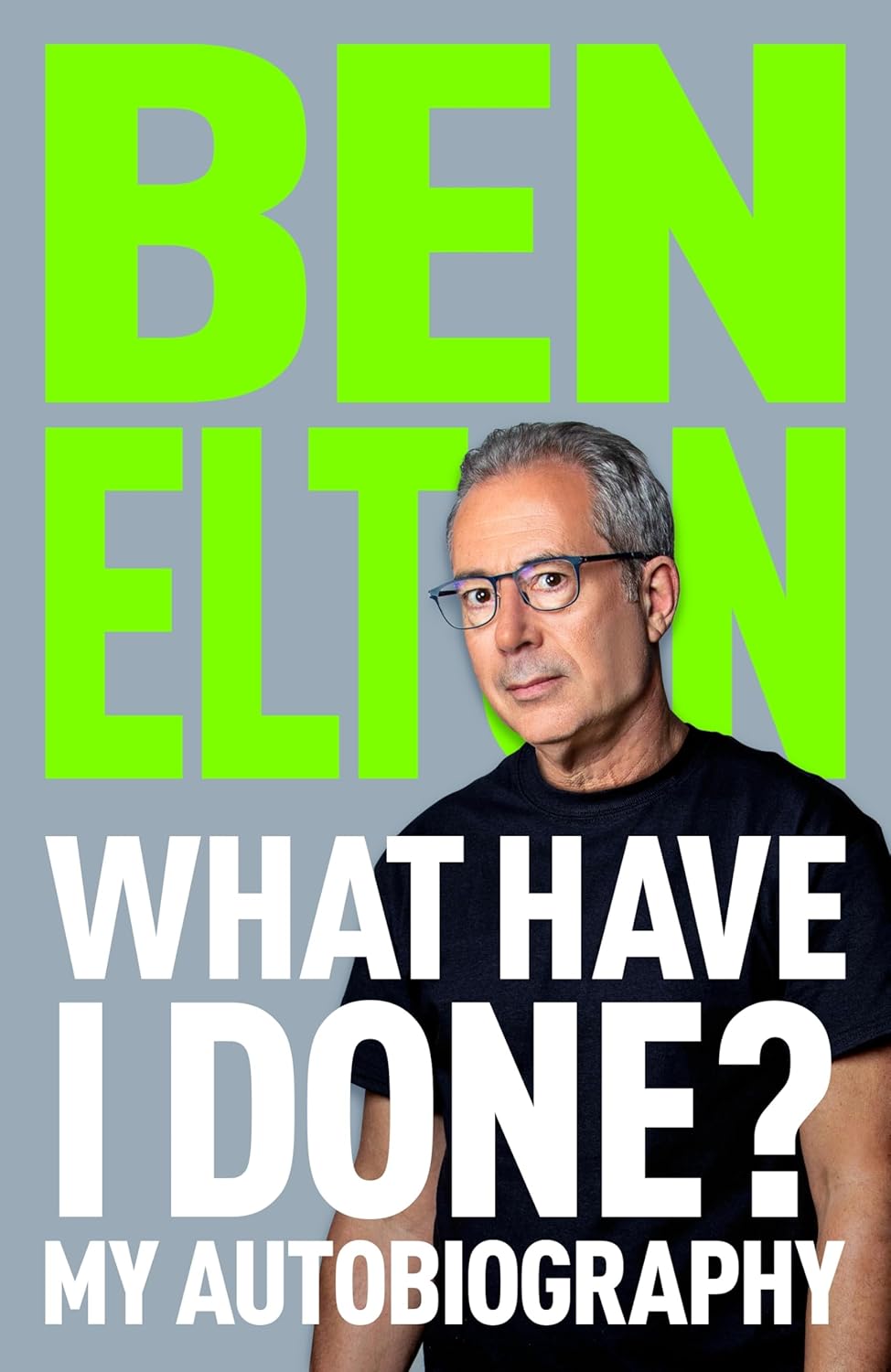

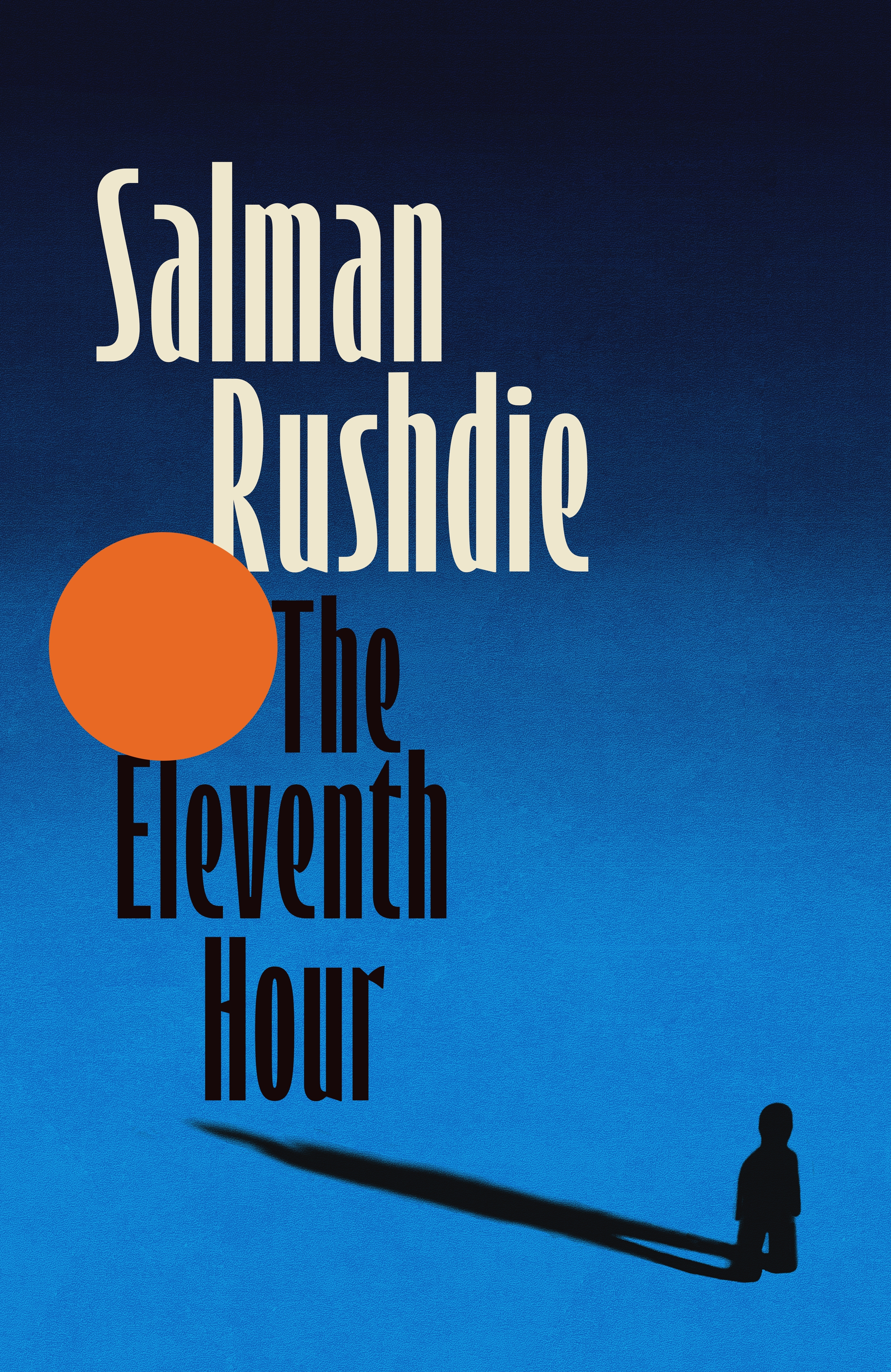

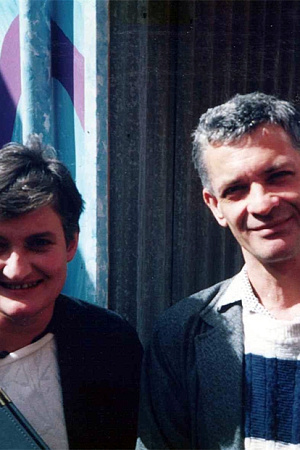
Leave a comment
If you are an ABR subscriber, you will need to sign in to post a comment.
If you have forgotten your sign in details, or if you receive an error message when trying to submit your comment, please email your comment (and the name of the article to which it relates) to ABR Comments. We will review your comment and, subject to approval, we will post it under your name.
Please note that all comments must be approved by ABR and comply with our Terms & Conditions.